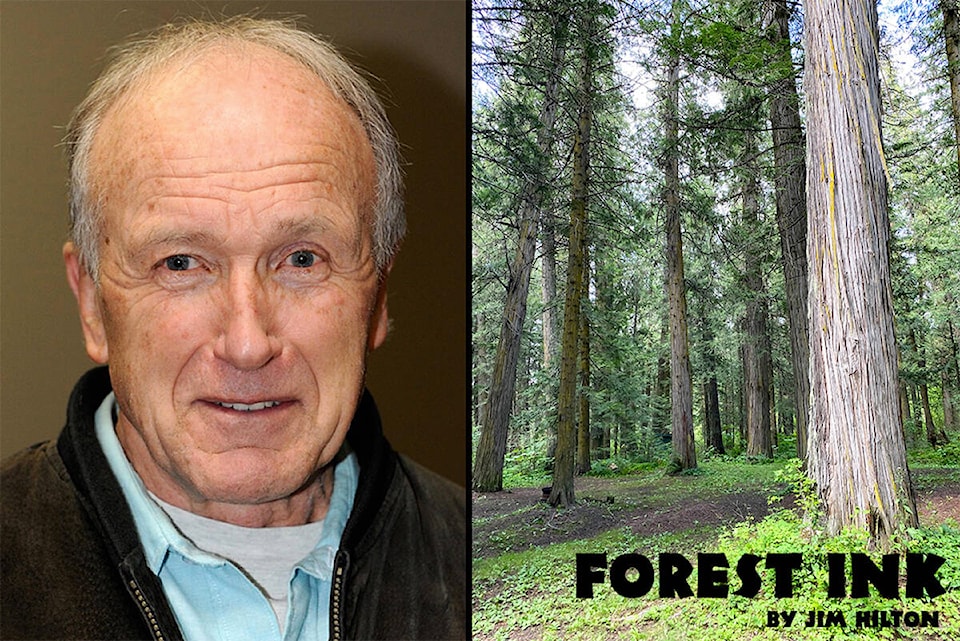As discussed in a previoius article about the logging of the fire guards near Esler the residual logging material has been piled waiting for processing for use at Atlantic Power (AP).
I also notice some smaller residual logging piles near the private lands west of the fire guards which I thought may also be prepared for use at the AP.
With the ongoing discussions about how to meet the fibre shortfall at AP I was surprised to see the piles had been burned and not processed even though they were only a couple of kilometers from the larger pile.
With the proximity of AP and the pellet plant I thought there would be sufficient demand to process and transport the material rather than burn it but I am obviously missing something.
After reading some recent articles in Canadian Biomass (CB) the answer could be electric power generation is not as profitable as producing fossil fuel substitutes.
Author Maria Church in the March 4,2024 issue of CB describes how two Calgary companies have teamed up to introduce bio-synthetic diesel and jet fuel from forestry residuals and other non-food feedstocks to the Canadian and international markets.
“Expander Energy and Cielo Waste Solutions, a public waste-to-fuel environmental tech company, are combining multiple projects that Expander Energy as a company is going on 14 years in the cleantech industry as a biomass to liquid-fuels producer. The company has developed a number of patented processes including a tar-free biomass gasifier which is based on a proven Biomass to Power gasifier that successfully operated in the Czech Republic.”
One aspect of the proposal is the use of used railroad ties as a feed stock. Cielo’s most notable feedstock opportunity is an existing agreement between them and North American rail company CPKC to turn between 500,000 and one million end-of-life railroad ties into Bio-Synthetic each year. The project, slated for Dunmore in southern Alberta, will now include Expander technology and Expander will design, build and operate the facility.”
As many people in Williams Lake will remember was APs proposal to use millions of used rail ties in their power plant. What is interesting about the proposed new facility is the range of feedstocks. The Carseland project will see a biomass gasifier installed adjacent to the existing Rocky Mountain Clean Fuels facility in Carseland. The gasifier will take 78 tonnes per day of biomass – landfill debris, forestry and agricultural residue, sewage sludge, and so on – and turn it into hydrogen and carbon monoxide which will then be converted at the existing Carseland Fisher Tropsch facility into 150 barrels per day of Bio-SynDiesel.
Getting materials of any kind to the right facility for processing is a complicated process especially with fluctuating markets, government regulations and a host of other factors. I may attempt a few articles based on reports I have been reviewing but hopefully a forest consultant is being considered to take a closer look at the options available for the two facilities in Williams Lake.
READ MORE: FOREST INK: Forests critical for maintaining a healthy earth
Don’t miss out on reading the latest local, provincial and national news offered at the Williams LakeTribune. Sign up for our free newsletter here.
